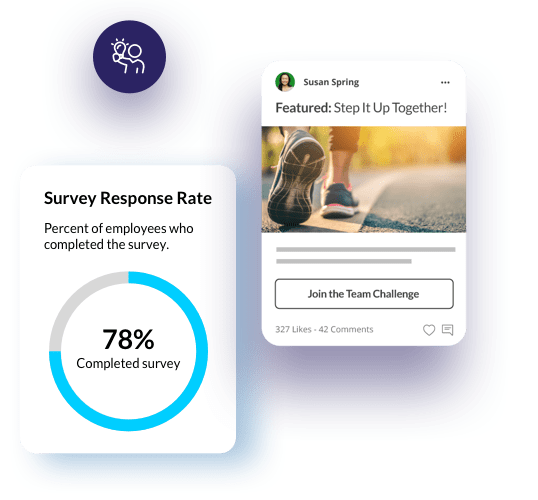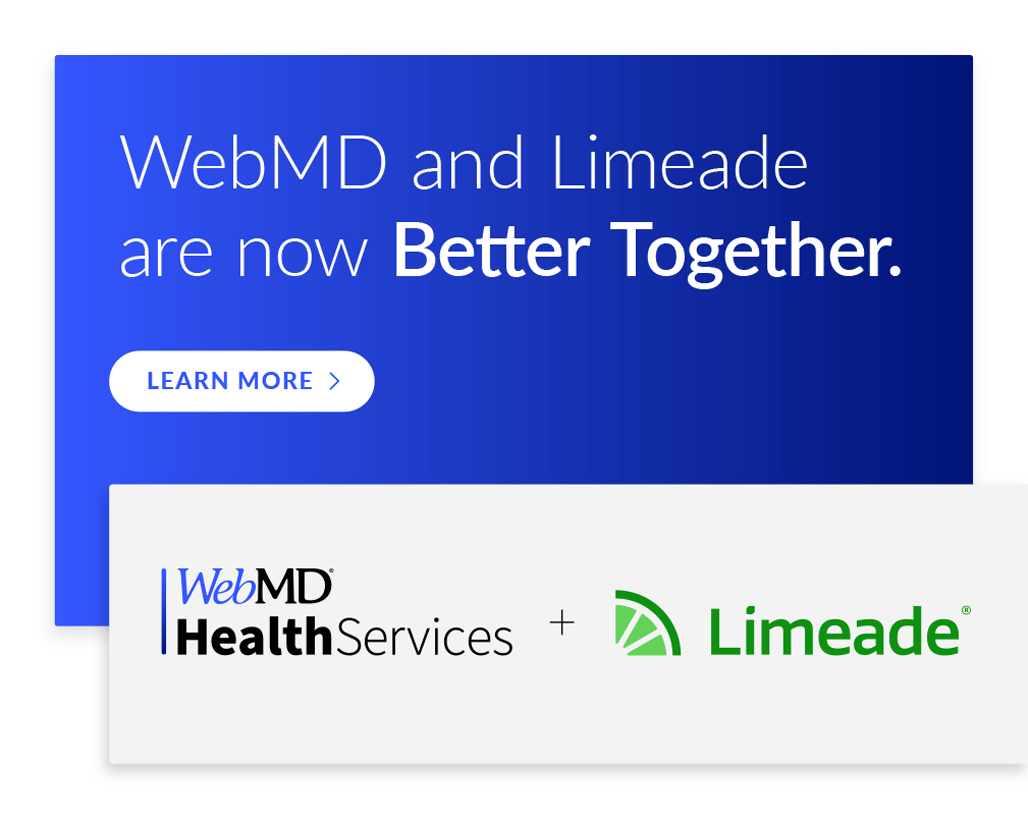Blog Post
Candid conversation with Limeade CEO on the revolution of well-being at work

Explore more in Inside Limeade

Blog Post | Inside Limeade
8 New Year’s resolutions from our C-Suite
We asked our leadership team what their well-being resolutions are, and the resounding theme was “self-care”. Click to read their responses.

Blog Post | Inside Limeade
Candid conversation with Limeade CEO on the revolution of well-being at work
A candid conversation with Limeade CEO on the revolution of well-being at work.

Blog Post | Inside Limeade
Limeade best of 2021 playlist on Spotify
End the year on a high note with our favorite feel-good hits that have inspired well-being, engagement and inclusion all year long.

Blog Post | Inside Limeade
Limeade Womxn playlist on Spotify
The Limeade Womxn Playlist on Spotify is a collection of songs meant to inspire, uplift and encourage whole-person authenticity for all.
Explore more blog posts from this author

Blog Post | Employee Well-Being
3 reasons why setting New Year’s resolutions is important
Ultimately, humans are at their best when they have a goal to reach, and what better way to hit the reset button on your goals than with a few New Year’s resolutions?

Blog Post | Inside Limeade
8 New Year’s resolutions from our C-Suite
We asked our leadership team what their well-being resolutions are, and the resounding theme was “self-care”. Click to read their responses.

Blog Post | Inside Limeade
Candid conversation with Limeade CEO on the revolution of well-being at work
A candid conversation with Limeade CEO on the revolution of well-being at work.

Blog Post | Employee Well-Being
Do your employees have to choose between work and well-being?
Learn tips for removing barriers at work that impede well-being, how to bring well-being initiatives into the flow of work and about the future of tech and well-being for organizations.




